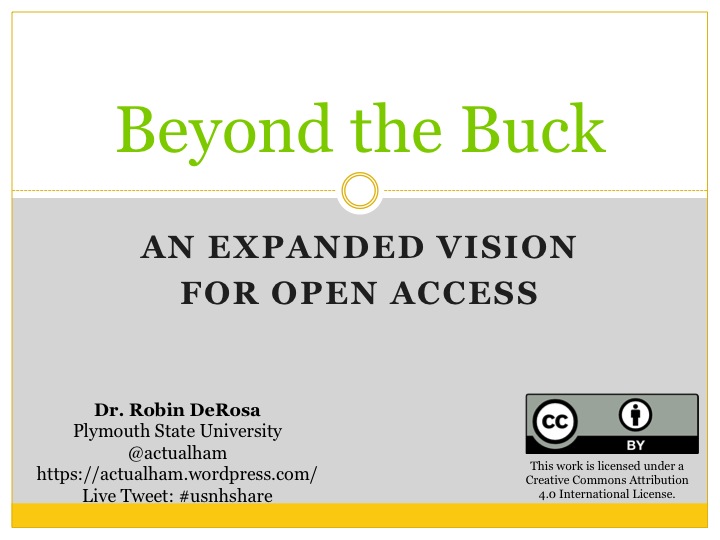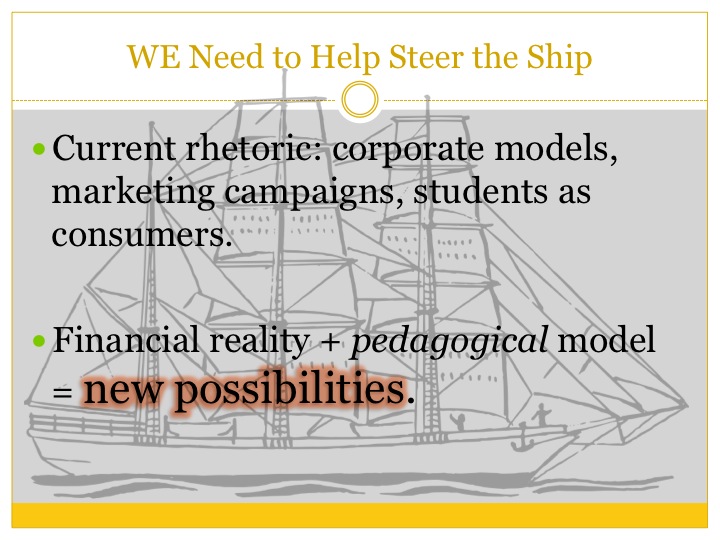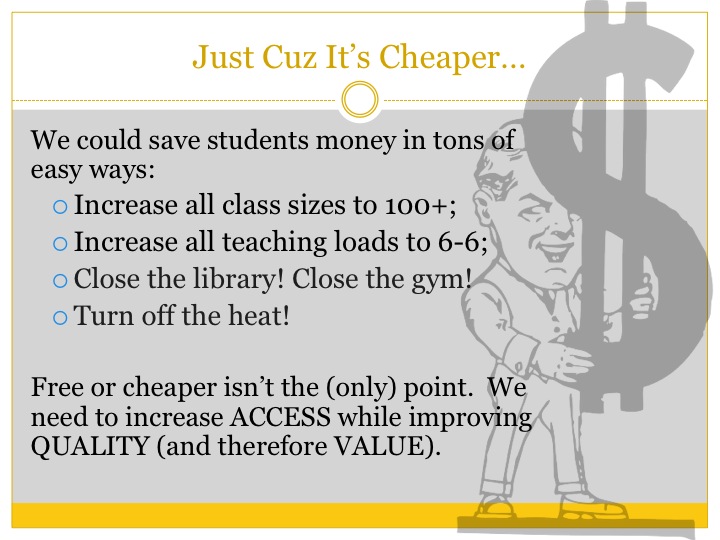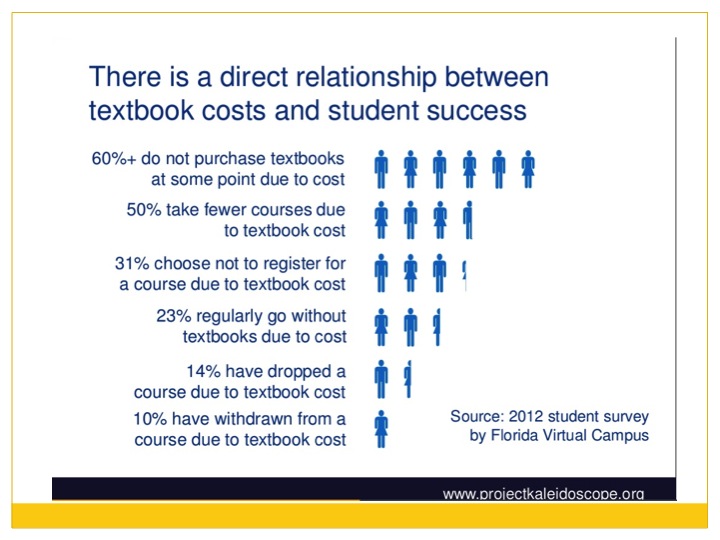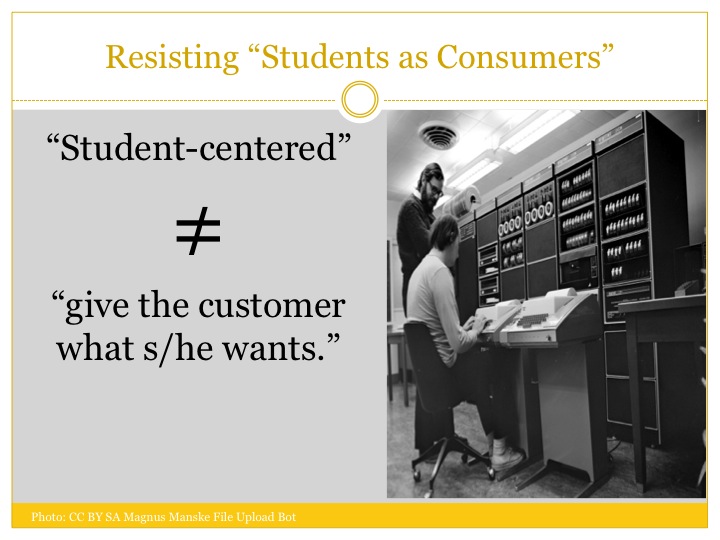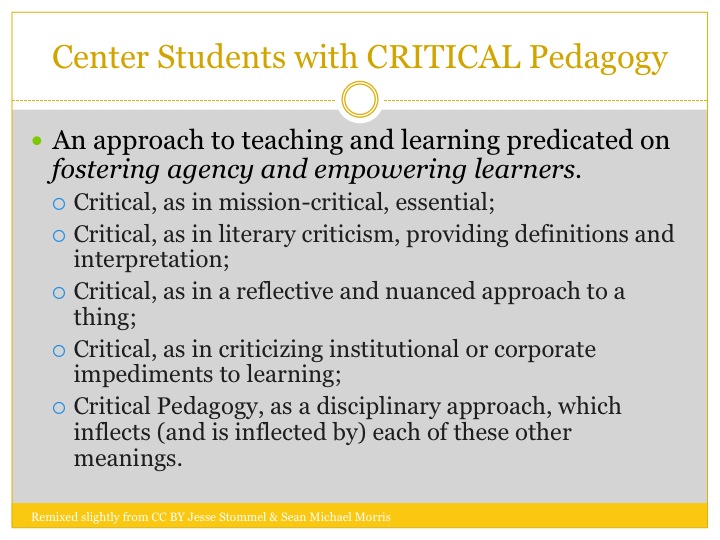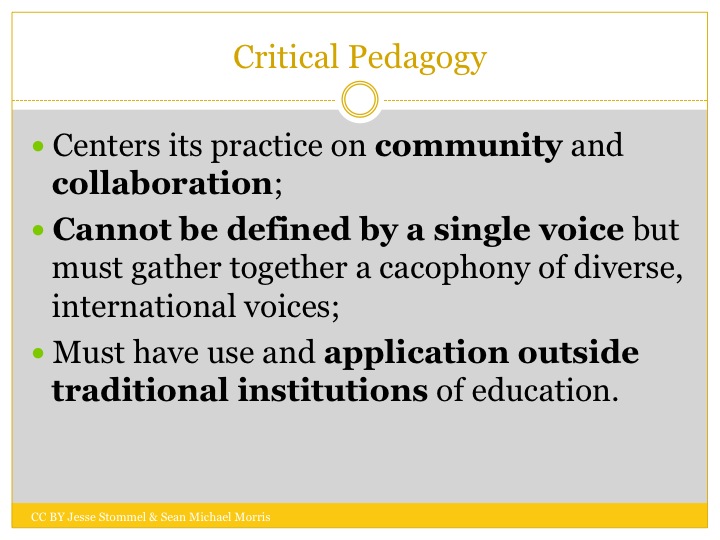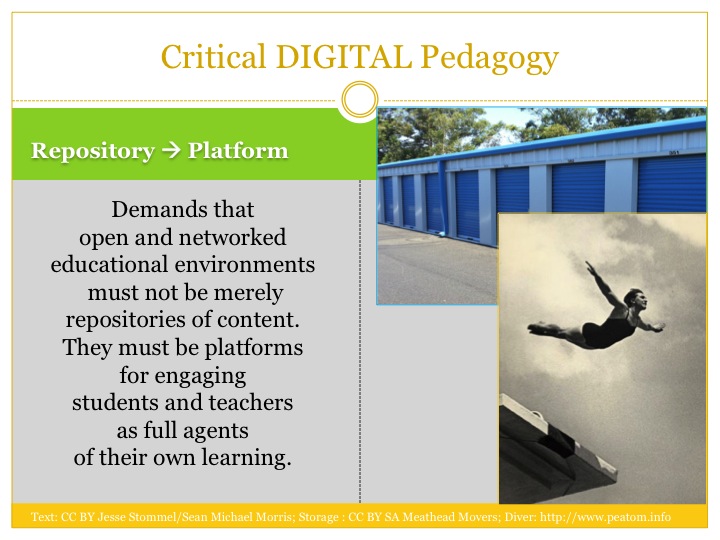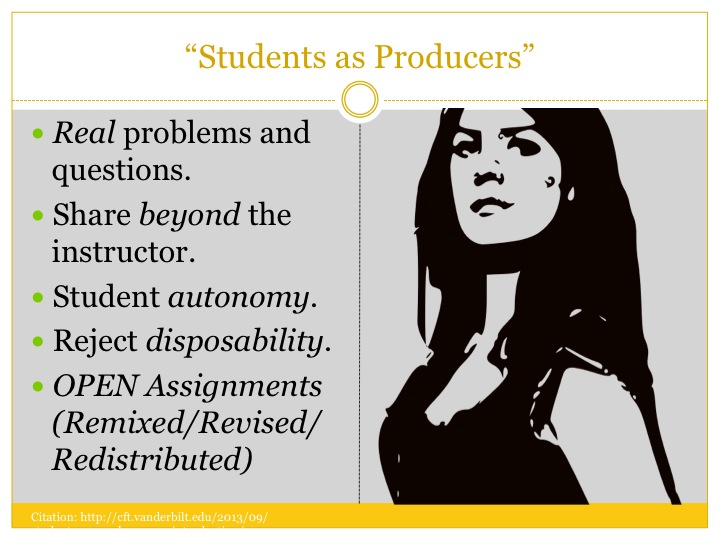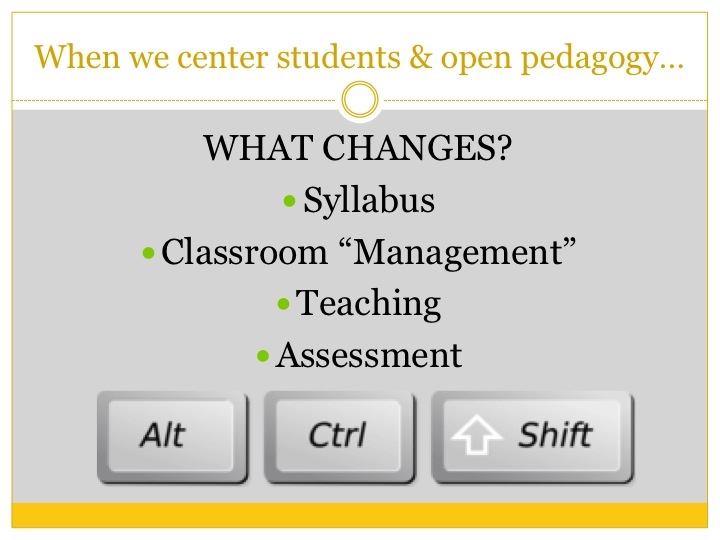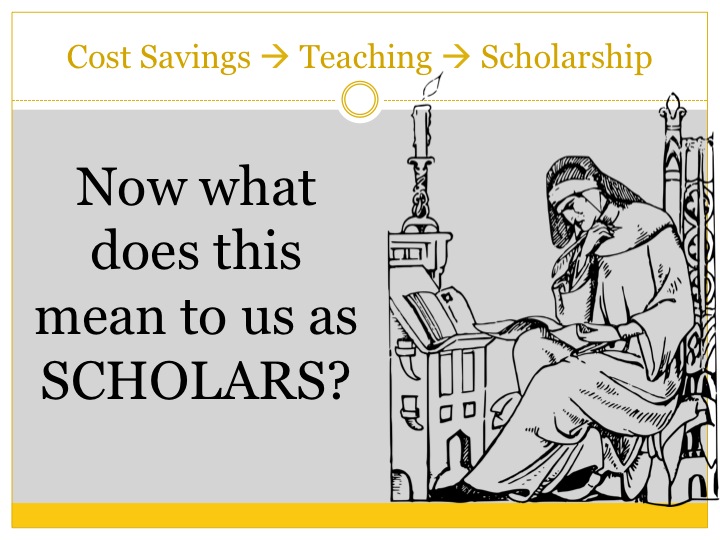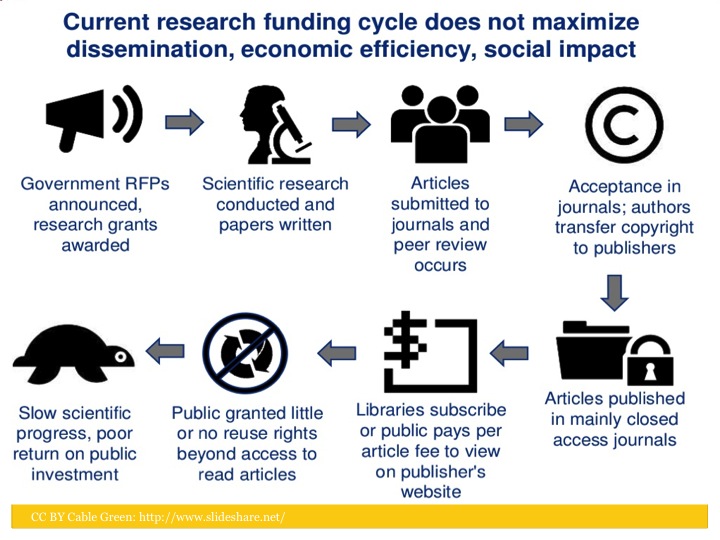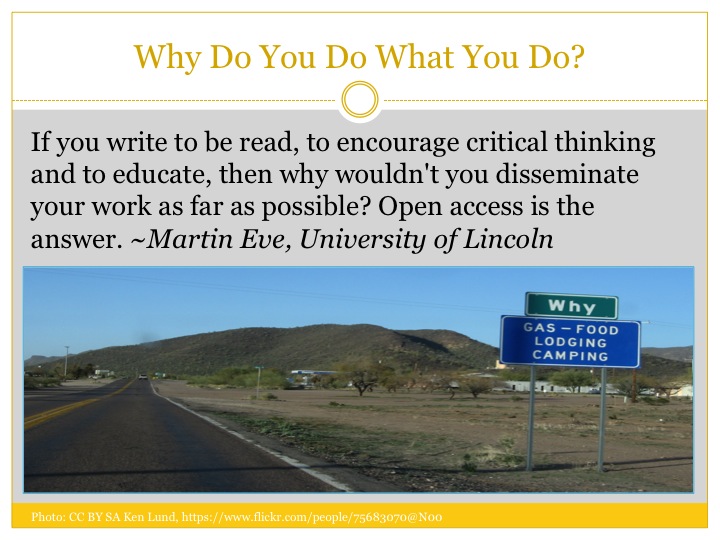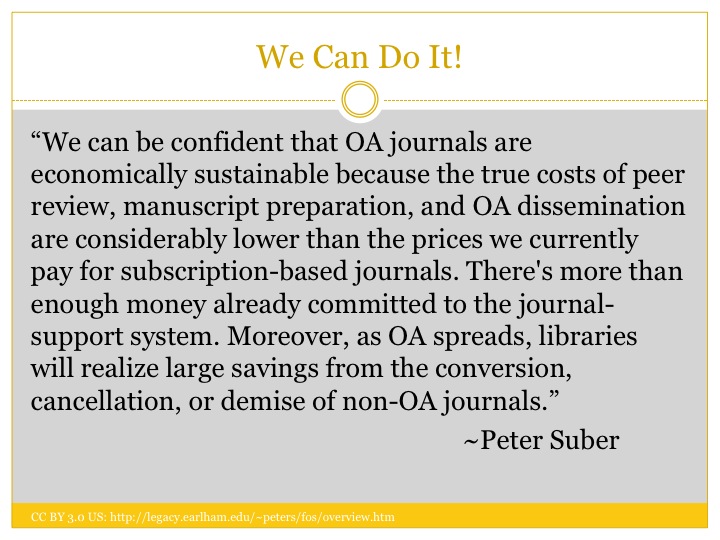Warning: Undefined array key "ssba_bar_buttons" in /home/robinder/public_html/wp-content/plugins/simple-share-buttons-adder/php/class-buttons.php on line 598
Warning: Undefined array key "ssba_bar_buttons" in /home/robinder/public_html/wp-content/plugins/simple-share-buttons-adder/php/class-buttons.php on line 598
Warning: Undefined array key "ssba_bar_buttons" in /home/robinder/public_html/wp-content/plugins/simple-share-buttons-adder/php/class-buttons.php on line 598
Warning: Undefined array key "ssba_bar_buttons" in /home/robinder/public_html/wp-content/plugins/simple-share-buttons-adder/php/class-buttons.php on line 598
Warning: Undefined array key "ssba_bar_buttons" in /home/robinder/public_html/wp-content/plugins/simple-share-buttons-adder/php/class-buttons.php on line 598
Warning: Undefined array key "ssba_bar_buttons" in /home/robinder/public_html/wp-content/plugins/simple-share-buttons-adder/php/class-buttons.php on line 598
Warning: Undefined array key "ssba_bar_buttons" in /home/robinder/public_html/wp-content/plugins/simple-share-buttons-adder/php/class-buttons.php on line 598
You can watch a video of this presentation by checking out my last blog post: https://actualham.wordpress.com/2015/01/09/beyond-the-buck-an-expanded-vision-for-open-access/. For those of you who prefer a text version, here is a slightly modified version of the presentation that I gave at the University System of New Hampshire’s 2015 Open Educational Resources Unconference on January 9th. It’s a basic intro to some of the ways that we can broaden our thinking about open access, using OER as a springboard to rethink pedagogy and academic publishing.
Today I want to talk with you about how we can use our commitment to OER (Open Educational Resources) to springboard into deeper thinking about pedagogy and academic publishing. If you are new to the idea of using OER, or if you are just starting to learn about open access in general, you might want to catch up a bit by watching David Wiley’s TEDX talk, “Why Open,” or check out this quick vid about how OER work. The work here begins with a tiny shout-out to OER, but we will try to move past that and look at how OER offers us a philosophy that can revolutionize our teaching and our scholarly processes.
Many of us who teach at universities now– especially at public universities– are aware of an insidiously corporate rhetoric that infuses a lot of the initiatives to which we are committing. I am hopeful that if we– faculty, provosts, librarians, students–work together, we can offer a pedagogical model to help guide our decision-making as we navigate the financial challenges that we currently face. I think we find ways to respond to economic realities while resisting the idea that we are just another business striving to keep ourselves solvent/profitable.
I resist the idea that cost-saving is the main point here. After all, if we wanted to save money for the university or our students (or both), and that were the bottom line, we could do that quickly and effectively! We need to not just save cash, but attend to our educational mission. To me, that means that cost-saving must be compatible with improved quality (incentive to change should always be motivated by improvement in quality)…this is more about value than about cost, of course. And this is why we love OER, because it both saves money and improves education.
I am always struck when I see this graph (from openaccesstextbooks.org) by the top number and the bottom number. Large numbers of students are not purchasing required books for our courses, and we know from living through it, that it’s a huge impediment to their success. But to see that 10% of students are actually withdrawing from courses due to textbook costs– that’s pretty sad info about the impact that not having the books in hand can have on learners. So unlike raising class size, OER reduces costs while positively impacting student learning and success. Win. Anyway, there are a zillion wonderful slideshares out there about how OER can benefit students. I want to take that as a given, and jump off from here.
We spend a lot of time at my university talking about being “student-centered.” It’s in our mission statement, and we refer to it often when we initiate new policy and programs. But sometimes it’s hard to figure out what we mean by “student-centered.” Right now, I think we sometimes engage in a “customer service” model: the customer is always right, and she must be pleased/satisfied. I’m not actually opposed to the idea that students should be “pleased” by their educational experience…but what a lukewarm term and what a low bar! My question is: if we shift from a corporate to a pedagogical model, how does the definition of “student-centered” shift?
I want to call on a definition of “critical pedagogy” offered by Jesse Stommel and Sean Michael Morris, especially in their capacity as editors of Hybrid Pedagogy, an open access journal that is slowly shaping many of my ideas on this topic. The suggestion here is that true student-centeredness would be more about agency and empowerment than about satisfaction. of course, on the surface, this seems easy and obvious. Who wouldn’t want to empower students? But if we think about the world of OER, we can start to see some exciting challenges offered by the idea of truly centering students in their educational experiences.
We can start seeing how Stommel & Morris’ definition intersects with the world of “open” when we look at the multivocal collaboration and the transdisciplinarity at the heart of their pedagogy. This is a classroom that is distinctly unbounded, where knowledge is produced through dialogic encounters that (ideally) have no endpoint. To make this kind of openness possible, we look to the digital world for tools.
So the key words here are: student-centered, critical, open. We stop thinking of knowledge as information to be downloaded into the student brain (the repository-based storage unit), but instead think of it as knowledge to be uploaded to the world. In this way, the knowledge becomes a step in a scholarly cycle, and the student becomes a contributor, rather than a consumer, of education.
Derek Bruff calls this the “students as producers” model. I love the way it stresses engagement with real, unsolved challenges, with the asking of real, unanswered questions. Bruff suggests that sharing, in this kind of model, would happen beyond the student-professor relationship, and that students would have autonomy over their work. David Wiley adds an additional aspect to this, when he suggests the use of “open” assignments that engage in the 4 R’s (reuse, remix, revise, redistribute); in other words, students don’t just consume their educational materials– they critique, challenge, enhance, and change them. This is the best possible scenario for OER; don’t just save your students cash, empower them to see their educational materials as something with which they can actively engage.
Here’s the thing. If we “open” our pedagogy in a way that really adds teeth to the phrase “student-centered,” what would change about our teaching? Potentially everything. How can we build a syllabus when we can no longer reliably predict the schedule…since we don’t know in advance how our students’ work will shift the path of the course? How do we “manage” and control our classrooms when they potentially include multitudes of non-enrolled participants who are engaging with our students’ work? How do we define our role as teachers and graders when students are no longer reporting to us, but aiming for impact in their fields or in their communities? How do we set learning objectives for courses before students have even showed up, and how do we assess our courses effectively given the diversity and surprise that students will bring to the table?
In addition to thinking of “open” as a radical blueprint for student-centeredness, I also want to think about how “open” can offer us a new way to think of our own scholarly pursuits.
This chart from Cable Green’s slideshare on OER shows just one small version of what’s wrong with traditional academic publishing. This example comes from the sciences, and the basic idea is that while public money funds much scientific research, the public is at a great disadvantage trying to access that research. This has obvious repercussions not just for social justice, but also for research itself, which is unable to benefit from collaboration and sharing when paywalls and copyrights are treating academic research as private property.
I think “open” can help us retheorize our scholarly work, so that we no longer think of it as something that has to be protected, but as something that we are called to share. Davina Cooper suggests as much in her wonderful essay, “Whose Ideas Are They Anyway?” I like this not only because it’s “nice” to share, but because this is ultimately what scholarship is all about. We are not in the “business” of producing artifacts that need to be protected under glass and never altered (and perhaps for those of us who are in that business– for example a poet producing a chapbook–it might make sense to publish and copyright in the traditional ways). Most of us do work that we hope will have impact: in our fields, and in the world. That impact happens not only by making a splash, but by generating a ripple effect, which allows for future work to build from our ideas and our fields to expand and grow.
Except for the fact that we are massively entrenched in the current system, it really shouldn’t be so difficult to transition to an open access model for academic publishing. Most scholars want to share and have impact; most of us do not make much money from the current world of academic publishing, especially journals.
If we diverted even a FRACTION of the sum we currently spend as institutions of higher learning into building an open access infrastructure, we could construct a future in which we open our research to a much wider audience while simultaneously improving the quality of our work through transparent peer review, collaboration with experts across the globe, and engagement with transdisciplinary stakeholders. At my small, public university, we currently spend $522,000.00 PER YEAR on databases and periodicals, so there is no shortage of money being funneled towards scholarly publishing; how can we be more efficient with our funds, save money for our students and institutions, put control of research back in the hands of researchers, and improve the quality of our work? The answer, I think, is open access.
To conclude, I advocate for a triple commitment to OPEN:
- Commit to OER, not just because it saves money, but because it enhances learning;
- Commit to Open Pedagogy, and demand a rigorous theorizing of “student-centeredness” that revolutionizes how we think about students and teachers;
- Commit to Open Scholarship, and work to transform academic publishing into a force for the public good.
Thanks for reading, and I look forward to continuing conversations with you all!

All work on this site, including course materials and the Actual Blog, is licensed under a Creative Commons Attribution 4.0 International License.

